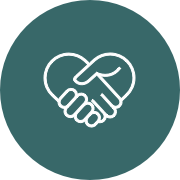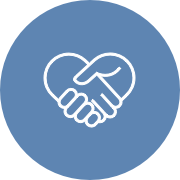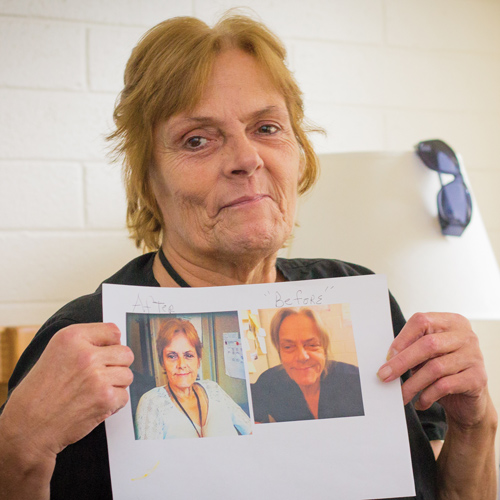
At first sight
First there were shadows, and shapes. Then Suzanne could see. After years in blindness, Suzanne regained her sight with support from RHD’s NOVA III.
“I just started crying,” Suzanne said. “Then I started introducing myself to the staff — I’d heard their voices. But this was the first time I could see them.”
When Suzanne came to NOVA III, a long-term residential treatment program supporting individuals who are medically fragile with a mental health diagnosis and co-occurring substance use disorders, she was blind and confined to a wheelchair. Today Suzanne can walk, and she can see. While those procedures weren’t particularly complicated, getting Suzanne in front of a doctor who would perform the corneal implant and hip replacement surgeries simply wasn’t possible until she’d attained stable housing and progressed in her recovery.
“No one would do the procedure,” said Carolyn Gessner, NOVA III Nurse Manager. “She had to be stable. She had to not be living on the street. She had to not be high. We saw in Suzanne a person we could immediately have an impact on — and a big part of that, certainly, was helping her to see and walk again.”
RHD’s person-centered recovery plans take into account where clients are in their unique recovery process, and RHD has long been at the forefront of dual diagnosis programs that treat addiction and mental illness. RHD has also been a leader in fighting opioid addiction since 1972, and specializes in creating and providing trauma-informed services that work in any community setting.
At NOVA III, staff helps people work toward a stable and sustained recovery by creating an environment of encouragement, responsibility, and individualized flexible services. Residents gain the highest level of independence possible and move toward integrated, recovery-based living within the community.
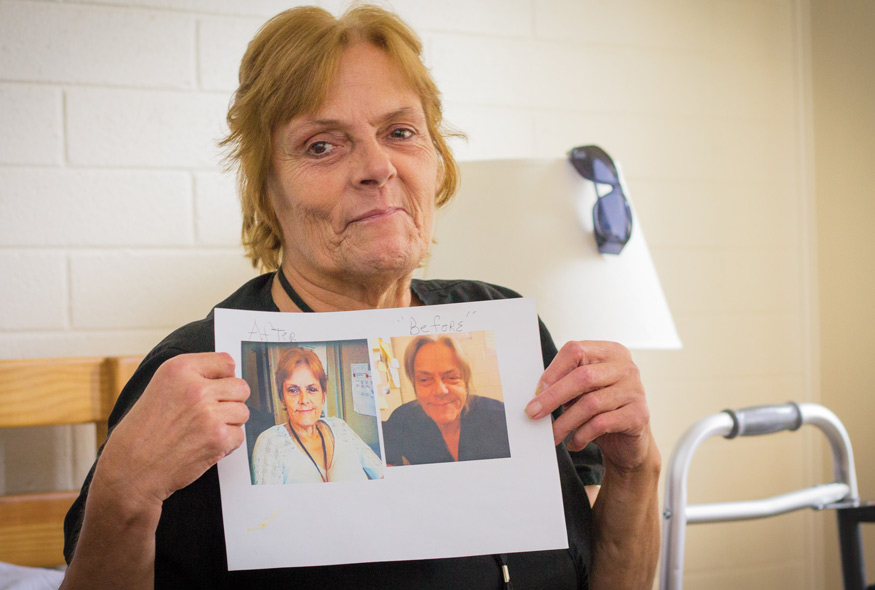
“This place was my miracle,” Suzanne said. “I was blind, crippled, and homeless. All I thought about was suicide. Being on the street like that was unbearable. I didn’t want to go on. But NOVA III saved me.
“At first I thought: This place is too nice, the people are too nice, something is up, here. I was pretty difficult. I was chewing people out, blowing up at people because I was angry at myself. I didn’t trust anybody.”
“She didn’t believe us for a second — and why would she? Since childhood, she’s had no one she could depend on,” said NOVA III Director Susan Gueye. “When she got her sight, when she could see, it was amazing. The floodgates kind of opened for her.”
When Suzanne entered NOVA III, staff took her picture as part of her intake procedure. Two months later, in recovery and having regained her sight, Suzanne got another picture taken. She keeps the “before” and “after” photos with her, and looks at them every day. Seeing where she’d been and where she is now gives Suzanne hope for where she’s going.
“I look at these pictures and it’s just: Oh my gosh,” Suzanne said. “This is the first place that made me feel like I had a chance at something better. I have so much support. I’m so glad I got here. This place did so much for me. I would not be here if it wasn’t for them.”
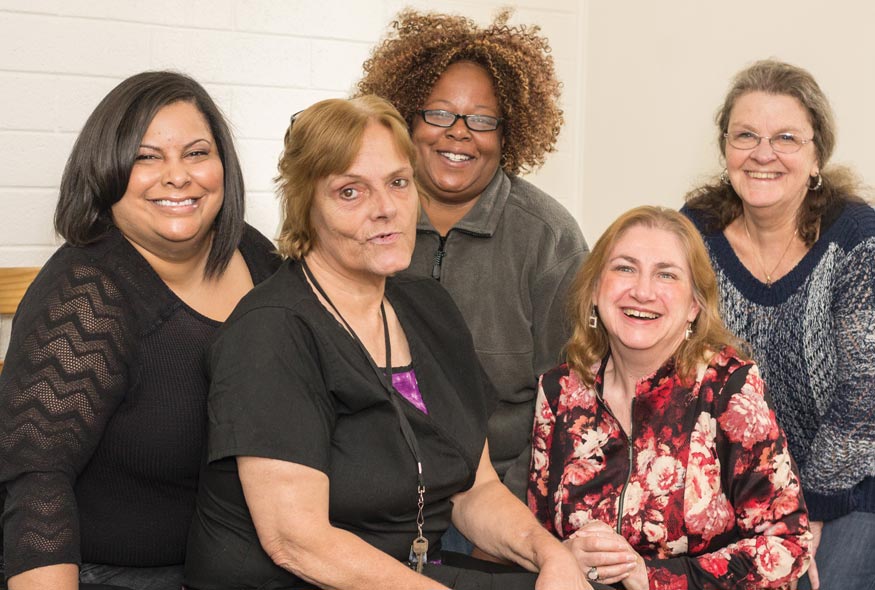
Suzanne continues to work toward the goal of attaining her own housing. And, now that she can see their faces, she thanks each member of the staff every day.
“Recovery is hard work,” Gueye said. “And you can’t do that very, very hard work in an environment where you don’t feel safe. Nothing else matters if you’re in an environment where you feel traumatized just walking down the hallway. When you know your needs are met, when you know you are in a safe place, when you know you are surrounded by people who are there to help you, that’s when you can begin recovery.
“We can’t do the work for you — but we can provide an environment where you can do the work.”

